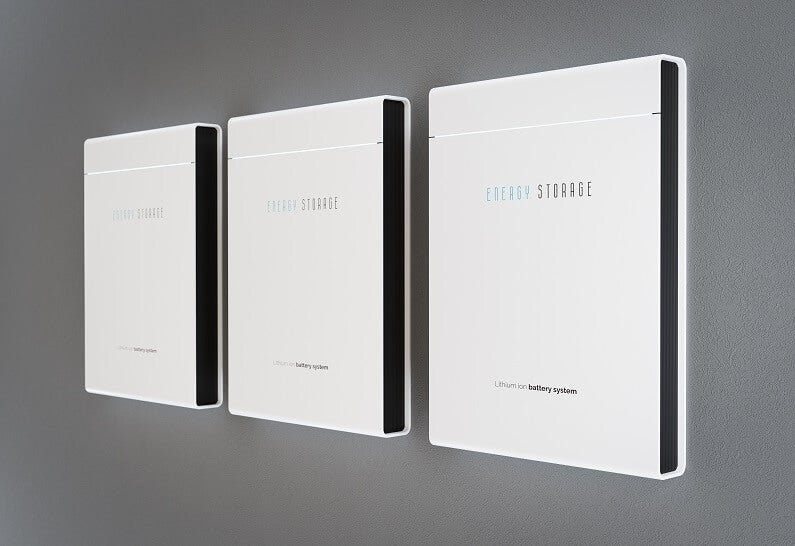Battery Energy Storage Systems
Battery Energy Storage Systems (BESS) with PV
In the UK, demand for solar PV grew exponentially as a result of the FIT scheme around 12 years ago. The basic premise of this was that owners of PV systems in their homes or buildings would be paid for what they generate, regardless of whether the power generated was used ‘on-site’ or exported to the grid. This served to address the inherent mismatch between peak power demand and peak generation within a typical home.
A PV array will be at its most productive on a summer’s day when the sun is high in the sky (late morning to mid-afternoon). However, a typical home (and indeed the nation as a whole) draws maximum power in the evening when families are at home, the lights are on, along with kitchen appliances, washers, dryers, TVs and so on.
However, in recent years, battery technology has emerged that provides a new dimension, and addresses the mismatch of peak output and peak demand, simply by enabling excess power generated by a PV system to be stored for use when needed within the home or building it serves.
By matching the capacity of the battery to that of the PV system and the demands of the home, a cost benefit analysis can establish the optimal system.
Battery Energy Storage Systems (BESS) without PV
Batteries can be beneficial even without a PV system! Not every roof is suitable for PV. Not every budget will stretch to one. However, the availability of heavily discounted electricity at night from suppliers opens up the possibility of charging a battery during the cheap rate hours (12:30 am to 4:30 am). This stored power can then be drawn when the power demand is at its peak, thereby substituting expensive mains electricity that would have been charged at the higher rates.
These dual rate tariffs are targeted at owners of electric vehicles (EVs), who will typically need to charge them overnight when grid electricity is more plentiful and therefore cheaper. However, there is no reason why this same logic cannot be applied to a battery within the house as well as – or instead of – a battery within an EV.


